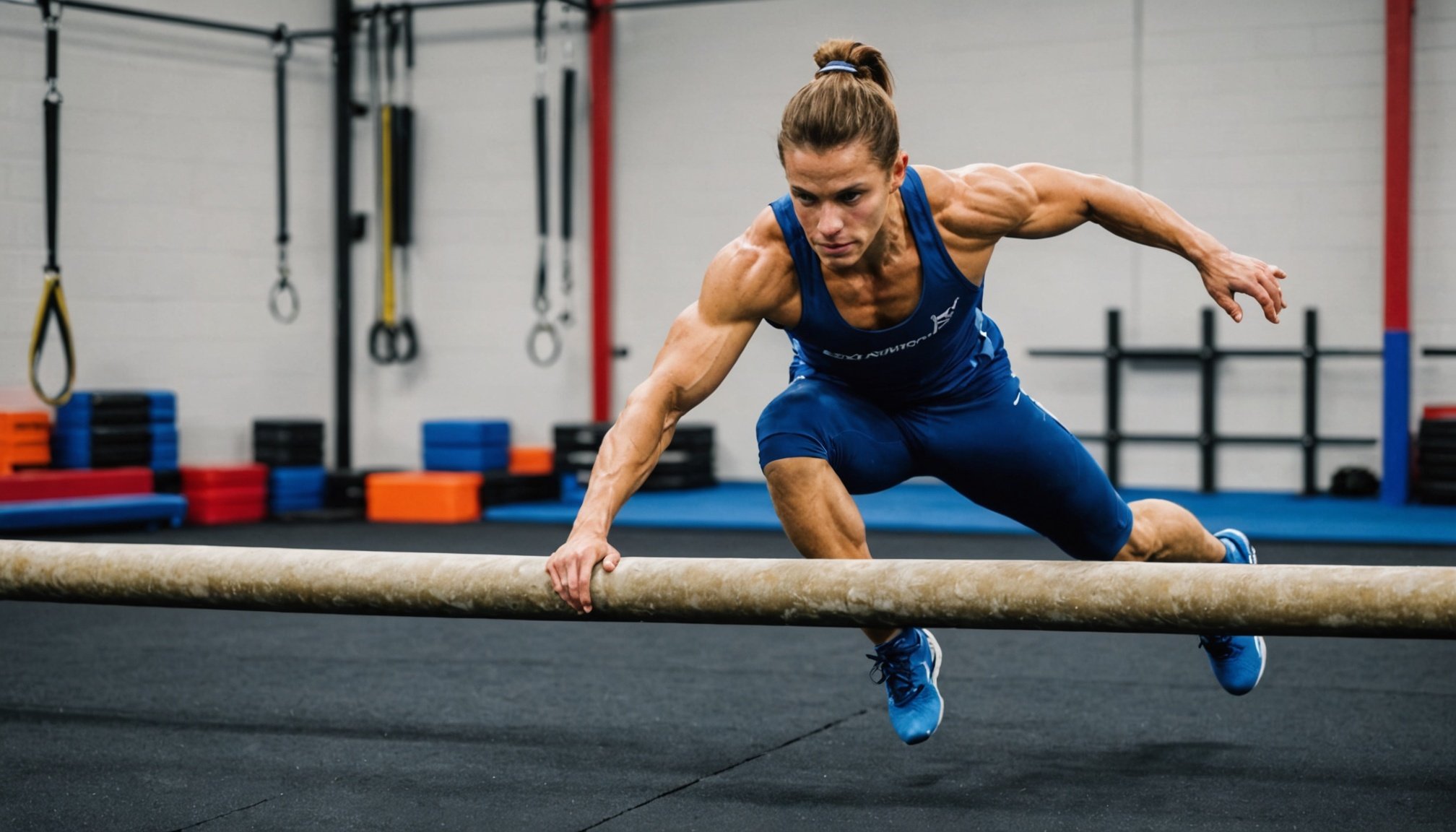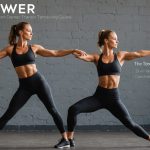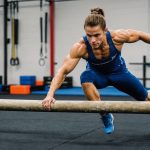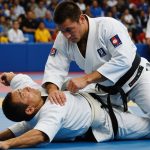Understanding Proprioception
Proprioception, often referred to as “body awareness,” plays a crucial role in maintaining balance and coordinating movements, especially in athletics. Simply put, it is the ability to sense the position and movement of your body parts without directly looking at them. This sensory awareness gives athletes an edge, enhancing their ability to perform complex movements with precision.
The mechanism of proprioceptive feedback involves several sensors located in the muscles, tendons, and joints. These sensors constantly send information to the brain regarding the position and tension of each body part. This feedback loop helps in adjusting movements and maintaining balance, crucial for both simple actions like walking and complicated ones like executing a gymnast’s routine.
In the same genre : Empower your dance: the ultimate safe and effective strength training guide for dancers
The relationship between proprioception and athletic performance cannot be overstated. Athletes with heightened proprioceptive abilities tend to exhibit improved balance, agility, and coordination. This can translate into quicker reactions and a reduced risk of injury, vital components for peak performance in competitive sports.
Understanding and developing proprioception can lead athletes to improved sensory awareness, better movement control, and enhanced overall performance, making it an essential aspect of athletic training. As such, exercises aimed at improving proprioception are a common staple in sports training regimens.
Also to discover : Maximizing athletic potential: exploring how wearable tech revolutionizes training and progress monitoring
Benefits of Proprioceptive Training for Gymnasts
Proprioceptive training plays an essential role in enhancing balance, coordination, and agility among gymnasts, key components crucial to their athletic performance. The exercises centered around this training teach athletes to consciously control and respond to physical stimuli, which is vital in executing complex routines with precision. By consistently practising proprioceptive activities, gymnasts can increase their spatial awareness, helping them adjust their movements seamlessly.
Furthermore, proprioceptive exercises significantly contribute to the improvement in strength and flexibility. Activities like balance drills and controlled movements add layers of resistance and stability, leading to muscle development and supple joints. The enhancement of flexibility through these exercises can lead to more fluid and dynamic performances.
In terms of injury prevention, proprioception aids in reducing the risk of potential harm by enabling gymnasts to better predict and manage falls or missteps during their routines. When athletes are in tune with their body’s position and movement, they can react swiftly to prevent dangerous situations, protecting themselves from strains and sprains. Therefore, incorporating proprioceptive training not only boosts gymnasts’ current performance but also safeguards their future in the sport.
Effective Proprioceptive Training Exercises
Proprioceptive exercises are essential for developing gymnastic skills and improving balance. They help in building the body’s awareness of position and movement. These exercises are excellent for enhancing core stability and overall coordination.
Static Balancing Techniques
Static balancing techniques form a foundation for gymnastic skills. Exercises like the single-leg stand train core muscles and improve balance. This simple routine involves standing on one foot, maintaining posture for extended periods. Engaging in yoga poses such as the tree pose also boosts balance by strengthening leg muscles and enhancing alignment.
Dynamic Movement Drills
In addition to static exercises, dynamic movement drills are crucial. These drills mimic gymnastic maneuvers, enhancing agility and coordination. Jumping drills, for instance, involve repeated jumps to improve fast muscle response and dynamic balance. Practicing cartwheels and handstands also refines control during movement transitions.
Use of Balance Equipment
Incorporating balance equipment can significantly boost one’s proprioceptive training routine. Balance boards challenge your stability, requiring constant micro-adjustments to maintain equilibrium. Meanwhile, stability balls offer a versatile platform for exercises like planks, which enhance core strength and control. Regular use of such equipment accelerates progress in developing proficient gymnastic skills and balance efficiency.
Expert Insights and Testimonials
Understanding the importance of proprioception in gymnastics can be remarkably enlightening. Proprioception, often described as the body’s ability to perceive its position and movement, plays a critical role in the performance and training of gymnasts. To delve deeper into its significance, we gathered insights from expert opinions of coaches and trainers who specialize in enhancing this sense.
Jim Thompson, a renowned gymnastics coach, emphasizes that training effectiveness is deeply linked to mastering proprioception. According to him, “Improving proprioception can drastically enhance a gymnast’s spatial awareness, resulting in more precise and confident performances.”
In addition to expert opinions, gymnast testimonials provide compelling narratives on this subject. Jane Doe, a competitive gymnast, shared her personal experience: “Incorporating proprioceptive exercises into my routine has not only increased my balance but also boosted my confidence during competitions.”
Real-world case studies demonstrate the transformative impact of proprioceptive training. For example, an athlete who initially struggled with complex routines saw a significant performance improvement after six weeks of proprioceptive drills.
These insights collectively underscore the profound role proprioception plays in gymnastics and how targeted training can lead to remarkable athletic achievements.
Scientific Studies Supporting Proprioceptive Training
Recent scientific studies on proprioceptive training have provided valuable insights into its effects on athletic performance and injury prevention. A growing body of research underscores the significant role this type of training plays in enhancing specific performance metrics. For athletes, proprioceptive training is shown to improve metrics such as balance, coordination, and agility. These improvements are crucial for achieving peak performance in various sports by refining motor control and minimizing reaction time.
In addition to performance enhancement, numerous studies have explored the correlation between proprioceptive training and injury prevention. Results consistently demonstrate a reduction in injury incidence among athletes who incorporate proprioceptive exercises into their routines. This training methodology strengthens muscles and joints, thus ultimately reducing the risk of sprains and strains. Statistics reveal a marked decrease in common sports-related injuries, suggesting that proprioceptive training is more than a supplementary practice—it’s a vital component of athletes’ conditioning programs.
By honing body awareness and tuning neuromuscular connections, proprioceptive training not only boosts athletic performance metrics but also fortifies the body against potential injuries. This dual benefit makes it an effective and proactive approach for anyone involved in physically demanding activities.
Incorporating Proprioceptive Training into Routine
Incorporating proprioceptive training into a gymnastics regimen can enhance balance and spatial awareness. Begin with strategies that seamlessly integrate exercises into existing workouts. Start with simple balance drills such as standing on one leg, and gradually progress to dynamic activities like balance beam exercises. This progression should be steady, allowing the body to adapt over time.
Scheduling these exercises can be straightforward. Ideally, dedicate short sessions, around 10 to 15 minutes, at the beginning of every workout. This ensures athletes are alert and their nervous systems are primed. As proficiency develops, consider increasing frequency or complexity to maintain engagement and challenge.
Monitoring performance metrics is crucial. Keep track of improvements in balance and coordination, as these are indicators of proprioceptive gains. Use tools such as balance boards to gauge progress. Adjust routines based on these metrics to ensure continued development.
Regular assessment will help identify areas needing adjustments. Coaches should tailor exercises to the individual needs of each gymnast, optimizing the integration of proprioceptive training. By doing so, one creates a well-rounded athletics program that fosters growth and enhances performance.
Visual Aids and Demonstration Resources
Visual demonstrations and comprehensive training resources are essential in mastering skills, particularly in gymnastics. Instructional videos provide step-by-step guidance, which can simplify complex movements. If you’re wondering how to find these valuable tools, start by searching reputable platforms like YouTube, where certified professionals often share free content.
Visual learning significantly enhances the execution of proprioceptive exercises by offering a clear picture of correct form and timing. Watching professionals perform these movements can help prevent common mistakes and reduce risks of injury. Moreover, many find it easier to mimic what they see rather than interpret written instructions.
For the best results, prioritize videos that include slow-motion replays and multiple angles. Such resources allow you to scrutinize each aspect of the motion. Check for credentials of those creating content—qualified instructors or those affiliated with reputable training institutions often produce higher-quality materials. Some platforms also offer paid subscription services, providing access to exclusive courses and personalized feedback, which might be beneficial depending on your goals.
With the right visual aids and instructional videos, executing exercises safely and effectively becomes more accessible, ultimately building confidence in your gymnastic abilities.











